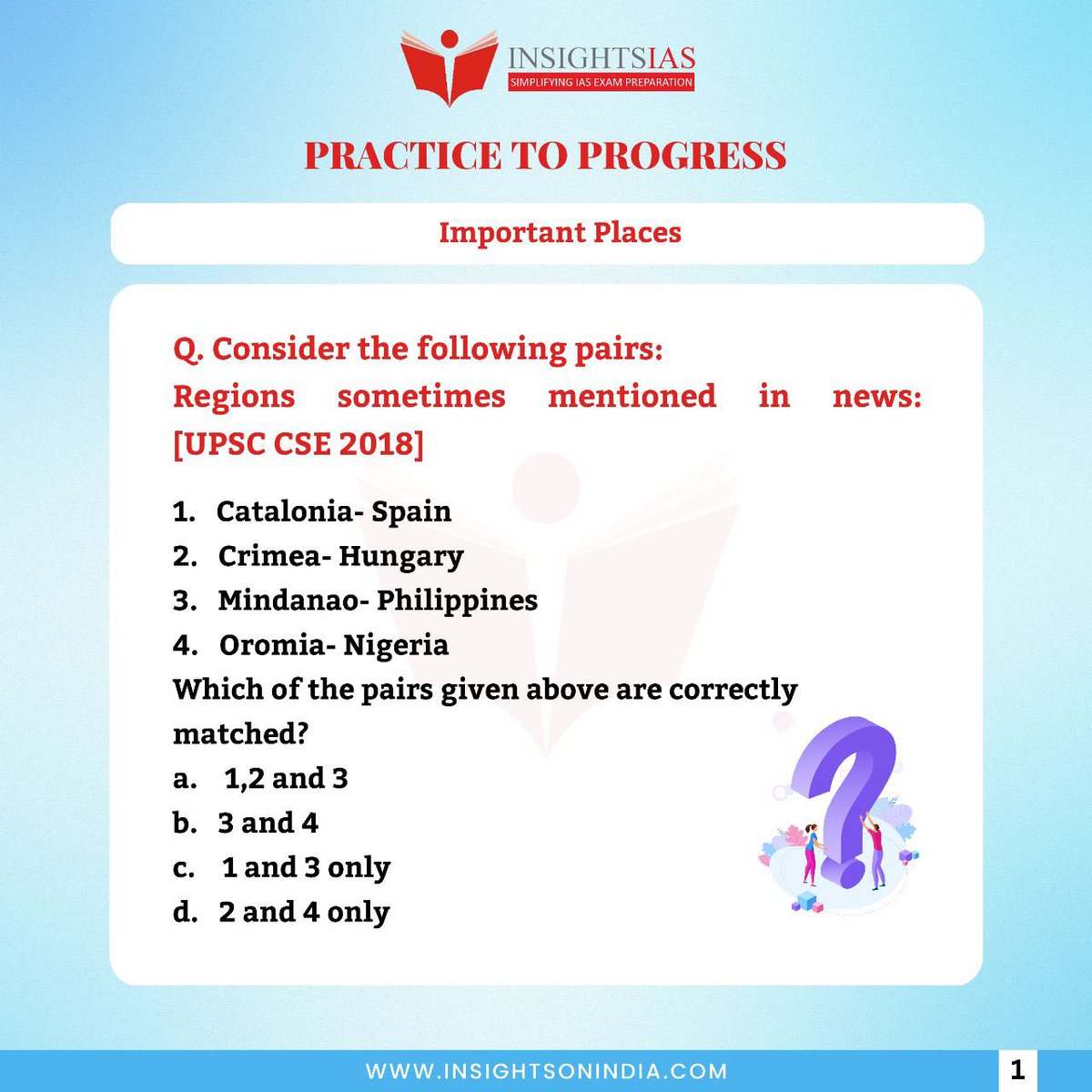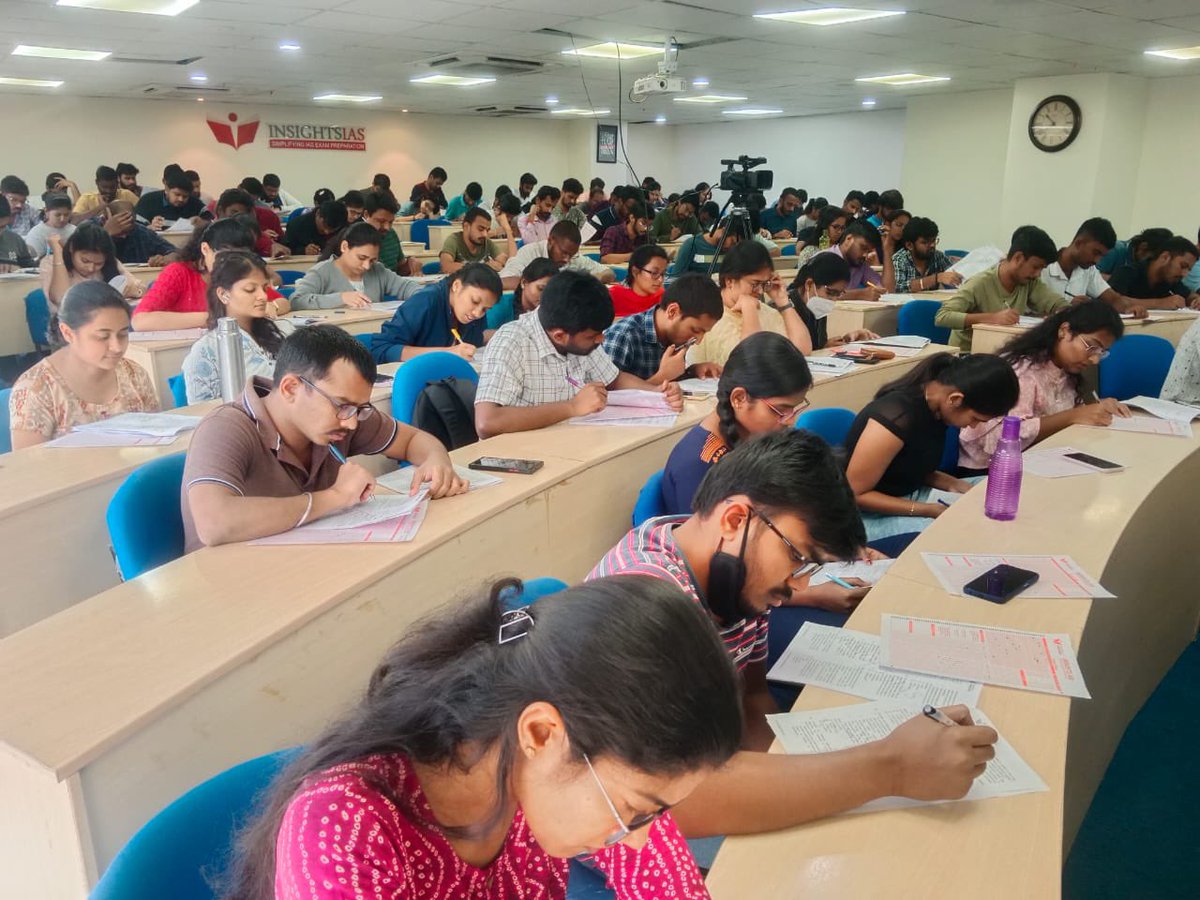Kesavananda Bharati vs State of Kerala:The case that shaped the Indian Constitution
50 years ago on April 24, 1973, the Supreme Court delivered a judgment that settled the controversial debate over the Constitution's supremacy.
An important 🧵for #UPSC
Quotes,Cases,Judgments⬇️
50 years ago on April 24, 1973, the Supreme Court delivered a judgment that settled the controversial debate over the Constitution's supremacy.
An important 🧵for #UPSC
Quotes,Cases,Judgments⬇️
BASIC STRUCTURE DOCTRINE
•Certain fundamental features of a Constitution can’t be altered by the legislature through amendments.
•The “basic structure” of the Constitution is inviolable
•It’s a North Star which guides interpretation of Constitution: CJI DY Chandrachud
•Certain fundamental features of a Constitution can’t be altered by the legislature through amendments.
•The “basic structure” of the Constitution is inviolable
•It’s a North Star which guides interpretation of Constitution: CJI DY Chandrachud
From CONSERVATIVE to PROGRESSIVE: The events which led to the formation of the Basic Structure doctrine
1. Shankari Prasad Case (1951)
•Zamindars challenged the 1st Amendment, which inserted two provisions to insulate land reform legislation from judicial scrutiny.
⬇️
1. Shankari Prasad Case (1951)
•Zamindars challenged the 1st Amendment, which inserted two provisions to insulate land reform legislation from judicial scrutiny.
⬇️
•The SC held that the power of amending the Constitution under A368 included the power to amend the fundamental rights guaranteed in Part III.
•Amendment to the Constitution can’t be reviewed by courts.
In the next 15 years, our Constitution was amended no less than 17 times!
•Amendment to the Constitution can’t be reviewed by courts.
In the next 15 years, our Constitution was amended no less than 17 times!
2.Sajjan Singh v. State of Rajasthan(1965)
•The validity of the 17th Amendment was challenged with regard to Parliament’s failure to follow the procedure prescribed to amend the Constitution
•Had a similar fate to Shankari Prasad but 3 judges agreed that FRs can’t be amended
•The validity of the 17th Amendment was challenged with regard to Parliament’s failure to follow the procedure prescribed to amend the Constitution
•Had a similar fate to Shankari Prasad but 3 judges agreed that FRs can’t be amended
3. Golak Nath vs State of Punjab(1967)
•The question whether Parliament could amend the fundamental rights was raised again; challenge to the 1st, 4th & 17th amendments
•This case conferred upon fundamental rights a ‘TRANSCENDENTAL POSITION’.
⬇️
•The question whether Parliament could amend the fundamental rights was raised again; challenge to the 1st, 4th & 17th amendments
•This case conferred upon fundamental rights a ‘TRANSCENDENTAL POSITION’.
⬇️
•The Court reversed its earlier stance & held that fundamental rights are the PRIMORDIAL RIGHTS necessary for the development of human personality. They are the rights which enable a man to chalk out his own life in the manner he likes best.
⬇️
⬇️
“Fundamental rights can’t be abridged or taken away by the amending procedure in Article 368 of the Constitution. An amendment to the Constitution is “law” within the meaning of Article 13(2) & is therefore subject to Part III of the Indian Constitution.”
4. 24th Amendment 1971
•It amended Articles 13 & 368 - provided Parliament powers to amend any provision of the Constitution and insulated such amendments from Judicial Review.
•It amended Articles 13 & 368 - provided Parliament powers to amend any provision of the Constitution and insulated such amendments from Judicial Review.
5.Kesavananda Bharati vs State of Kerala(1973)
•Issues: whether Parliament had unlimited powers to amend the Constitution or whether there were certain fundamental features of the Constitution that could not be amended.
⬇️
•Issues: whether Parliament had unlimited powers to amend the Constitution or whether there were certain fundamental features of the Constitution that could not be amended.
⬇️
•It was held that Parliament had the power to amend the Constitution, but it didn’t have the power to destroy/hinder its basic structure.
•The 7:6 majority held that certain fundamental features of the Constitution
-sovereignty of India
-democracy
-secularism
-federal nature
•The 7:6 majority held that certain fundamental features of the Constitution
-sovereignty of India
-democracy
-secularism
-federal nature
-rule of law
formed part of its basic structure & couldn’t be abrogated/abridged by Parliament.
This landmark case became the basis in Indian law on which the judiciary can strike down any amendment passed by Parliament that is in conflict with the basic structure of the Cn.
formed part of its basic structure & couldn’t be abrogated/abridged by Parliament.
This landmark case became the basis in Indian law on which the judiciary can strike down any amendment passed by Parliament that is in conflict with the basic structure of the Cn.
Dr Ambedkar
•He cautioned that “the purpose of a Constitution is not merely to create the organs of the State but to limit their authority, because if no limitation was imposed upon the authority of the organs, there will be complete tyranny and complete oppression.”
⬇️
•He cautioned that “the purpose of a Constitution is not merely to create the organs of the State but to limit their authority, because if no limitation was imposed upon the authority of the organs, there will be complete tyranny and complete oppression.”
⬇️
Without such limitations, Dr Ambedkar cautioned, “The legislature may be free to frame any law; the executive may be, free to take any decision; and the Supreme Court may be free to give any interpretation of the law. It would result in utter chaos.”
Upendra Baxi
•“It is the Constitution of the future & prescribed the basic structure doctrine, set limits to parliamentary sovereignty.
Without the basic structure, we end up with constitutions without constitutionalism.”
⬇️
•“It is the Constitution of the future & prescribed the basic structure doctrine, set limits to parliamentary sovereignty.
Without the basic structure, we end up with constitutions without constitutionalism.”
⬇️
Justice BV Nagarathna
•‘The Constitution of India is stronger now because of the Kesavananda Bharati judgment, and that the basic structure doctrine is a fine example of transformative constitutionalism.”
•‘The Constitution of India is stronger now because of the Kesavananda Bharati judgment, and that the basic structure doctrine is a fine example of transformative constitutionalism.”
Here’s another valuable thread on the subject!
https://twitter.com/insights_ias/status/1614822144701267968
• • •
Missing some Tweet in this thread? You can try to
force a refresh

 Read on Twitter
Read on Twitter



















